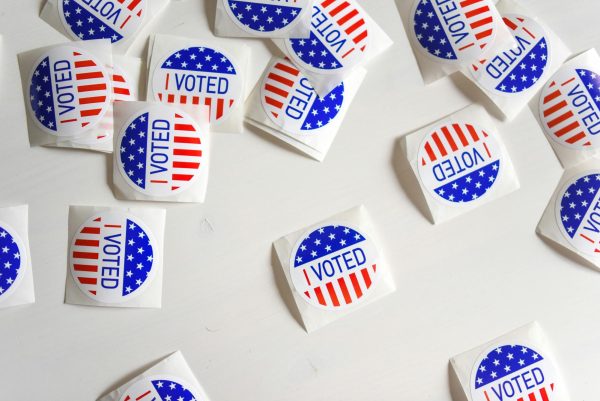Schedule Changes Uproot ELHS Culture
COVID-19 and schedule changing has suspended much of what makes ELHS great. The question is: will it return?
Opinion of: MIKAYLA STAHL
Students are back at school full time and in-person, but the changes made to our daily schedules linger with detrimental effects. From missed opportunities for club meetings to a struggle to find extra one-on-one help from teachers, students are lacking tools and time previously provided to them for success.
In 2017, ELHS won a National Blue Ribbon Award for outstanding academics and accessible extracurriculars. The award stated, “ELHS benefits from an ‘open campus’ that promotes a culture of respect and responsibility. Students self-manage their lunch and study halls… Clubs and organizations meet during an extended lunch period, and students have access to the library and support during their open study hall.” Unfortunately, we have been stripped of these very perks that once allowed ELHS to excel.
As we enter the third school year impacted by COVID-19, we are prepared. There are vaccines, ample protective supplies, and a better understanding of how to contain the spread. These are fortunate conditions that should allow for more flexibility and a return to normal schedules.
At the heart of the scheduling debacle is the lunch block. Due to the need for social distancing and difficulty making enough lunches at once, ELHS lunch went from a single 45-minute block, which provided significant flexibility for students and teachers, to three 30-minute waves. In the three-wave system, clubs cannot meet and teachers are often unavailable for extra help. Students were not issued a survey and no one asked for student ideas, but here are a few nonetheless.
The adoption of free lunch has caused an uptick in the need for having enough pre-packaged food prepped for everyone at once. In order to accommodate the 75 percent of students that now get lunch, adjustments need to be made. If the lunch block is moved for all students to 12:10, the start of the current third wave, lunch staff would have the same amount of time for prep. Though the lines might be longer, 45 minutes has always been more than enough time to eat.
To maintain social distancing during a single school-wide lunch block, we should be using the extensive school space available to us. That means resuming the use of the South Gym, which had been converted to a cafeteria last year. This would be a sacrifice for P.E. teachers, but not the school utilized folding tables, like the long ones in the commons, that could be moved out of the way for P.E. classes and only taken out for lunch. Additionally, students should be able to eat in classrooms designated for club meetings, monitored by their advisor, as well as the library and additional specific classroom spaces as necessary. These changes, in addition to outdoor seating in the warm months, would reduce cafeteria congestion until social distancing is no longer a necessity.
The impact on clubs is the most devastating. Students went from having roughly 20 days per month to schedule club meetings to just a single day. It is not uncommon for students to participate in multiple clubs and is expected on college applications. This is especially true now that standardized testing is optional and students must rely on presenting their extracurriculars.
One might think that meeting after school should be a viable alternative option, but as the award stated, ELHS has a bustling athletic scene. The majority of students participate in sports, which generally begin practice at 2:30. Evening zooms are also not reasonable given how little time students already have for family time, dinner, homework, or even a part-time job. It’s also not fair for teachers to attend meetings at 8 p.m. If ELHS wants to create well-rounded students, we must make the time for this during school hours.
Another scheduling solution that would maintain lunch waves, would be to have a flex period worked into the schedule just like advisory once per week. During flex, all students could go to clubs, seek teachers for extra help, or use it as a social study hall. Students that don’t have anywhere to go would just stay at their advisory location.
The schedule is a serious issue for students. Clubs and extracurriculars are key if students want to explore their interests. Academic success also relies on the availability to meet with teachers during the day. It’s not too late for the schedule to change. There is always a choice, though often a hard one. Without compromise, the “culture of respect and responsibility” will fade. I implore unsatisfied students and teachers to communicate with each other and the administration so that we can work together to return to what made us a Blue Ribbon School.
Your donation will support the student journalists of East Lyme High School. Your contribution will allow us to purchase equipment and cover our annual website hosting costs.


